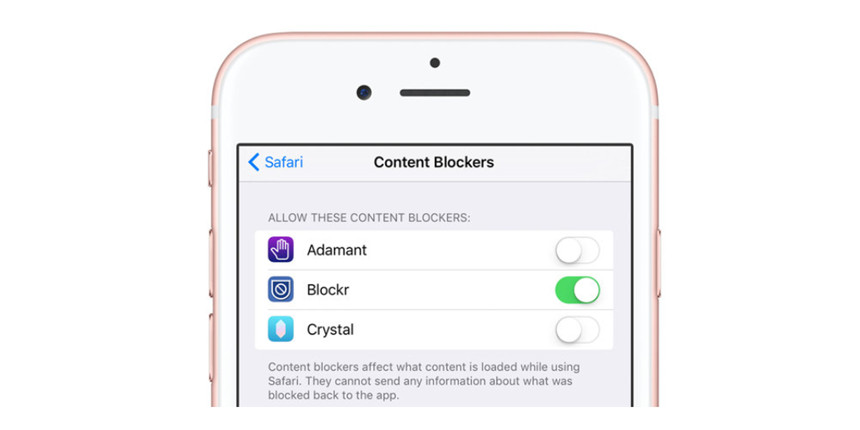The popularity of ad blockers has skyrocketed in recent years. As of 2019, more than a quarter of US users have installed ad-blocking software. But why?
Their rising popularity can be attributed—at least in part—to the perception that the digital advertising industry has overstepped the mark. According to the 2018 Global Web Index, the top three motivations for using ad blockers were:
- Too many ads
- Too many annoying or irrelevant ads
- Too many intrusive ads
Ad blockers de-clutter webpages, speed up load times, disable intrusive autoplay videos, and eliminate those annoying adverts that frequently disrupt YouTube videos. With GDPR taking effect in 2018 and data-misuse scandals dominating global headlines, internet users are turning to ad blockers as a means to protect their personal data.
So, in short, ad blockers present the best-possible online experience… don’t they? Well, it all depends on your perspective. Are you the end user or are you the owner of ads that are being hidden from their intended audience?
A perplexing puzzle for digital media marketers
While ad blockers aim to provide users with a simplified web experience, they present serious headaches for marketing professionals. In fact, advertisers are likely overspending or targeting consumers that never actually see their ads. According to a 2017 report by OnAudience.com, US display advertisers lost $15.8B in annual revenue due to ad blockers.
How ad blockers handle Google Analytics |
||
| EXTENSION | USERS | BLOCKED BY DEFAULT |
| uBlock Origin | 12.7M | Yes |
| Google Analytics Opt Out | .7M | Yes |
| Purify | est. <1M | Yes |
| Adblock Browser | est >10M | Yes |
| Firefox Focus | est >1M | Yes |
| Ghostery | est >4M | No, but easily added |
| AdBlock Plus | est >300M | No, but easily added |
| Adblock | est >40M | No, but easily added |
| Others | est >5M | Some do, others do not |
| Source: thirty bees | ||
Another problem is that ad blocking can result in the loss of 8% – 25% of traffic data depending on the web analytics tool and browser, which has wide-reaching implications. For example, data collection issues make it more difficult to analyze website traffic, assess user engagement, and attribute conversions by different channels. This, in turn, makes it harder to improve user experiences—so it’s not only advertisers and site owners who suffer.

Bear in mind, too, that ad blocking is not only for desktops anymore. Although the use of ad blockers is still more prevalent on desktop than on mobile, it’s expected that mobile ad blocking will continue to rise, especially with Safari’s built-in ad blocker and Chrome’s newly launched ad blocking feature, which removes ads that violate Better Ads Standards.
So how should marketers adapt to ad blocking?
Rather than try to circumvent ad-blocking browser extensions and mobile apps in a user-versus-advertiser arms race, marketers should instead rethink their fundamental approach to digital media advertising. Here are the four areas we recommend focusing on.
-
Native advertising
The main thrust of any good display advertising campaign is to target appropriate audiences with relevant content that users are likely to engage with. Fortunately, the same principles apply to an alternative channel: native advertising. Because native ads are clearly labeled as “sponsored”, they give users a clear heads-up—unlike those disruptive ads that clamor for your attention. They also tend to fit consumer interests on a particular website or platform and, of course, do not fall victim to ad blockers (yet).
-
Influencer marketing
Depending on your target audience and the channels they consistently frequent, influencer marketing may be an effective option to consider. Collaborate with influencers who have engaged followers that significantly overlap with your target audience, and are known for knowledge and/or producing excellent content in their field. Influencer marketing KPIs are typically not direct conversions, but upper-funnel engagement metrics. The goal is to nurture trust among consumers, build interest, and generate word-of-mouth exposure.
-
Ethical advertising
Marketing professionals are attempting to win back consumers’ trust by creating quality content. If you want your ads to be shown on Google platforms, for example, simply create “better ads”. You won’t be charged for ads that are not viewable on the site anyway, so you have nothing to lose. Follow each platform’s guidelines to create ads that are relevant and non-intrusive; you may find that users are less inclined to max out their ad-block settings by default.
-
Audience analysis
Ad blockers are also creating significant blind spots for website owners. But how can you tell if users that block ads are actually having a better time? Is their behavior any different? Are they spending longer on page? Do they have a higher goal conversion rate? Is it even worth it to account for ad-blocking users in your site metrics? It’s important to ask these questions if you find yourself faced with blank user data due to ad blockers.
How does DAC approach ad blocking?
Our display campaigns meet the highest industry criteria, but it’s not only our Digital Media team that’s affected by the rise of ad blockers. Did you know, for example, that Google Analytics tracking is blocked by default among 9% of ad-blocking extensions. Fortunately, our Data Analytics experts know how to compensate and build a rich understanding of audience segments—even those who routinely browse with an ad blocker enabled.
Want to know how? It all starts with a friendly chat. Let’s talk about how we can help you optimize your digital advertising and effectively analyze your digital campaigns in the age of ad blockers. Contact DAC today.




